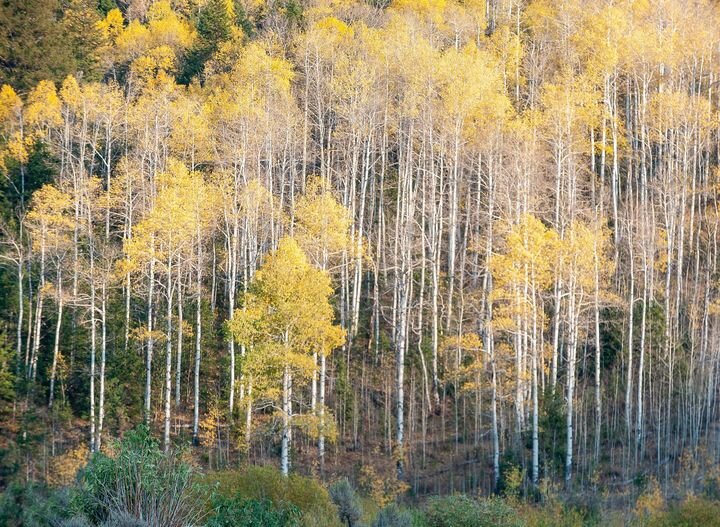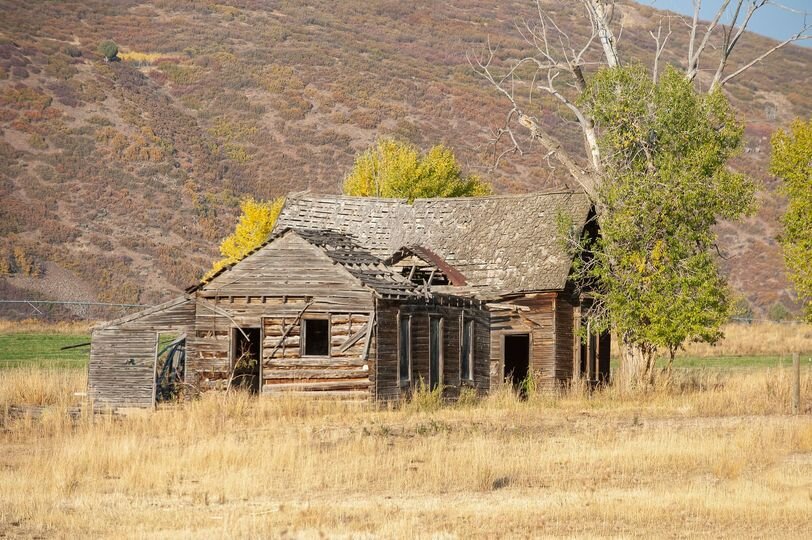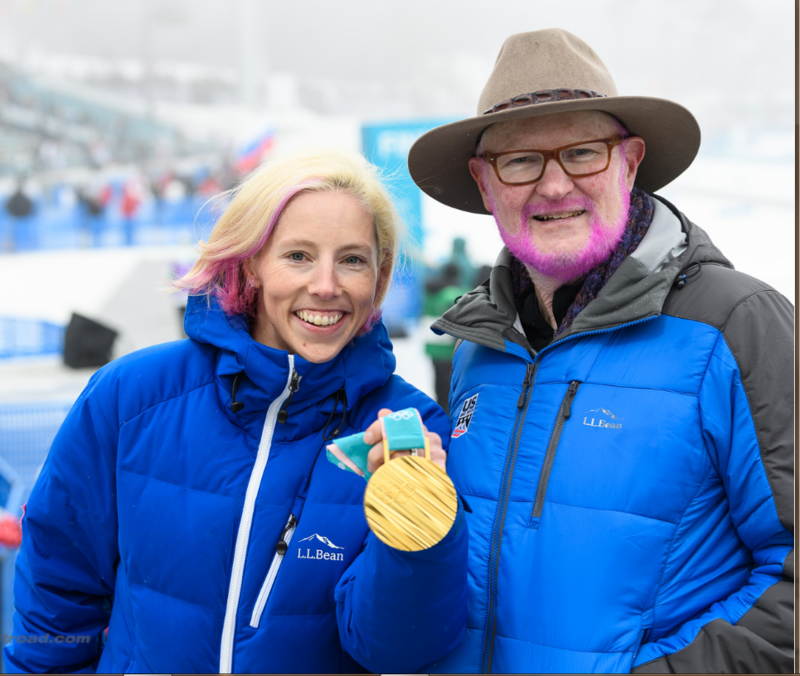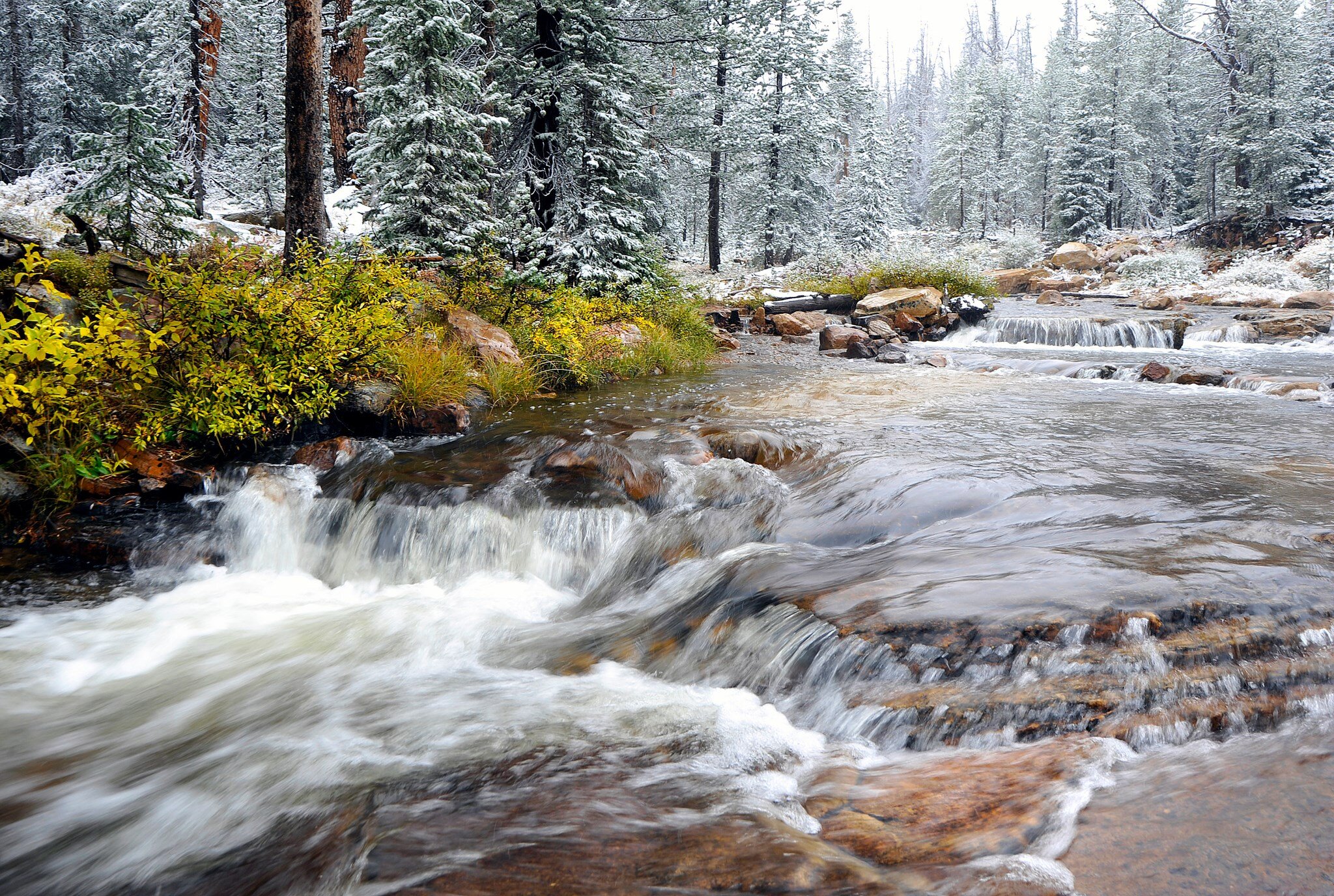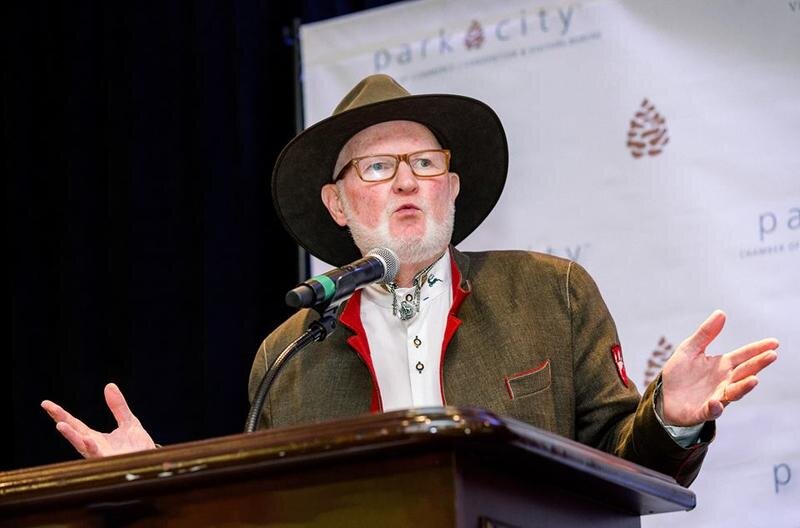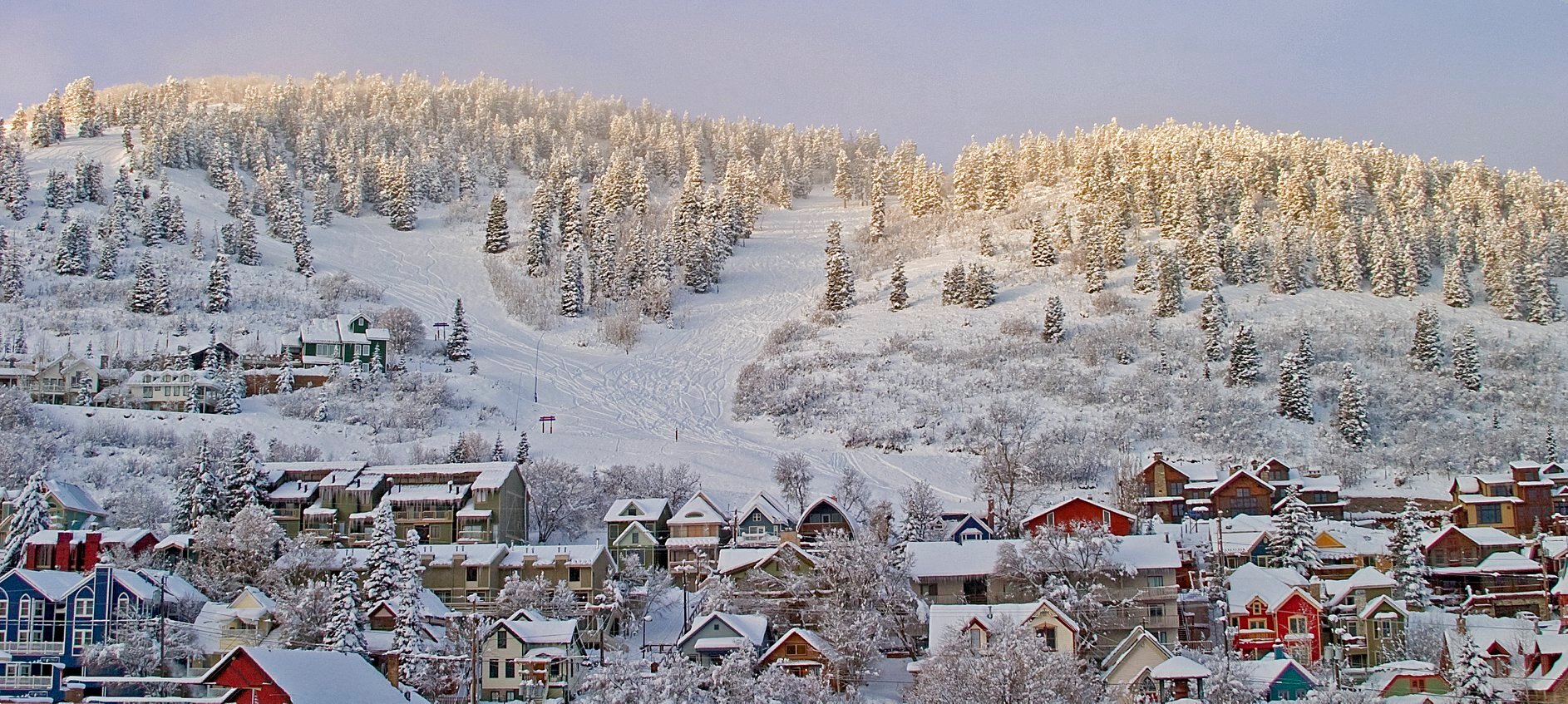As a seven-year-old in Madison, Wisconsin, Tom Kelly didn’t know what skiing was – “never heard of it before,” he said. But that all changed when he watched the women’s downhill event in the 1960 Winter Olympics in Squaw Valley. After that, Kelly knew he wanted to be involved. He loves telling the story of sport and has excelled at it for over three decades. From typewriters to fax machines to social media, Kelly has been the voice of the US Ski & Snowboard team with his weekly column, “Behind the Gold”. He is a proficient writer, a skilled photographer, a gifted public speaker who has entertained and educated audiences across the country. Kelly is grateful for his career. “It has led me down a pathway of unspeakable excitement and opportunity. It’s taken me to 10 Olympics and put me in the finish area for 75 Olympic medals. From that moment in 1960, I was able to forge a pathway doing something I truly loved – and still do today.”
Tom Kelly moved to Park City, Utah in 1988 and has since made it his mission to preserve and share the rich, unique history of skiing in Park City. Currently, he is host to Last Chair: The Ski Utah Podcast on SkiUtah.com, and a columnist for the Park Record newspaper. Both showcase fascinating figures and insightful stories of mountain life in historic Park City and beyond. Typical stories showcase colorful figures like David Perkins, who sketched out his vision for High West while visiting a distillery in Kentucky; Bryn Carey, who noodled out his vision for ski rental delivery and created Ski Butlers; and Lamont Joseph White who taught us about diversity through his art depicting Black skiers and riders. Kelly has been widely recognized and respected for his work and professionalism. In 2018, Kelly was inducted into the US Ski & Snowboard Hall of Fame. But what makes him most proud is being in his 51st ski season and joyfully logging about 60+ days a year on the slopes.
FAVORITE LORE ADVENTURES FROM THE Admired storyteller:
1. As a long-time Olympic spokesperson, you were heavily involved in the 2002 Salt Lake Winter Olympics. Talk about some of the most important impacts the 2002 Winter Games have had in Park City/Summit County, both on sport and the overall community.
In the late ‘80s, I was engaged with the U.S. Ski Association in advocating a message of legacy for future generations to the U.S. Olympic Committee as it selected a U.S. bid city. To me, the most vital legacy of 2002 is the sports programs in our community like Youth Sports Alliance and SOS Outreach Utah programs that are impacting a second and even third generation of kids and keeping them active in sports. There is no Olympic community in the world that has shown the type of lasting legacy we have here, spearheaded by the Utah Olympic Legacy Foundation which maintains our Olympic facilities at world-class levels and uses them to provide opportunities for people of all ages and abilities to watch, learn and excel in winter sports.
2. As a board chair of the Alf Engen Ski Museum and one who is a gifted storyteller, immersed in the lore of the region, can you tell us about the unique historical ski culture in Park City? Where can we find out more?
I love visiting ski museums around the world. The Alf Engen Ski Museum is one of the very best and a real community treasure. Not only does it document legendary ski stars like Alf Engen and Stein Eriksen, but its ever-changing exhibits provide locals and visitors with a wonderful introduction to our sport.
3. You have friends visiting in town who are history buffs and have never been to Park City/Summit County. Describe the perfect weekend you would plan to share the area’s unique lore. What do you do for the day? What sights would you take him or her to visit?
While mining was a part of the history of most western ski resorts, none have the well-preserved old structures as we do here thanks to our resorts and the Friends of Ski Mountain Mining History. Park City Mountain’s Silver to Slopes tour is a wonderful way to share our town’s 150-year history by skiing around the mountain. And Park City Museum offers great exhibits that explore life in Park City for miners and for millionaires 100+ years ago, and follow the area’s economic transition from silver to skis.
4. You’ve lived in Summit County for some time now and you are involved in many organizations. What are some positive developments that you have seen happen in the area? What events have had the most impact?
Just after we moved to Summit County in 1988, Mayor Brad Olch was leading the Park City’s acquisition of the McPolin Farm. We didn’t understand it at first but quickly saw the value in preserving that gateway. Since then, our entire community has developed this passion for open space. Most western resort towns are surrounded by national forests. We are nestled amidst private land. The preservation of heritage and open space has been a hallmark of our community. Working together, citizens and municipal leaders have protected over 20,000 acres of open space in and around Park City. I’m proud every time I drive by open space and know that our community has made that happen for future generations.
5. How do you present and preserve history in your storytelling?
History is the roadmap to the future. I learned that from an early mentor back in Wisconsin, Tony Wise. He taught me how to learn from the past and to instill the best from others’ experiences in how we approached the future. Heritage is vital. Whenever I talk about my home in Summit County, I draw on heritage - the rural feel of eastern Summit County, the color and style of Old Town Park City with our mining history. We should all draw on that heritage and protect it for future generations.
6. You’ve developed some impressive skills in the culinary arts. Can you recommend some of your favorite local off-the-beaten-path spots for great food?
Adolph’s* remains our go-to restaurant. I can’t think of another where the same chef has been on the line for over four decades! Adolph’s blends its eclectic display of ski memorabilia, which is dear to me, with a European continental menu that reminds me of my travels with the U.S. Ski Team. I just had Veal Adolph’s for my birthday!
*After 40 years in business and a successful run, Adolph Imboden decided to retire and close Adoph’s restaurant in April 2021. Tom Kelly has shared a few of his other off-the-beaten path spots for great food:
We love the mix of restaurants in our hometown. In downtown Park City, our fave has long been Riverhorse on Main for the macadamia-encrusted halibut. Five5eeds quickly became a quintessential hot spot for us with its breakfast panna cotta. And I love having a Frölich Pils with the big onion rings at Red Rock Brewery. The drive out to the Woodland Biscuit Company is always fun - and it's inspired me to add buttermilk biscuits to my kitchen repertoire.
7. Why is Park City/Summit County's art and culture scene important?
The art and culture scene has long been a hallmark of creativity in our community. Our Park City galleries and the Park City Kimball Arts Festival are world-renowned. But what has really energized us are all the grassroots local artists around the county and galleries like Artique in Kamas that feature our homegrown artists and creativity.
Photo: Park City Mountain
TOM KELLY AT WORK:
Find Tom Kelly’s work at the following:











